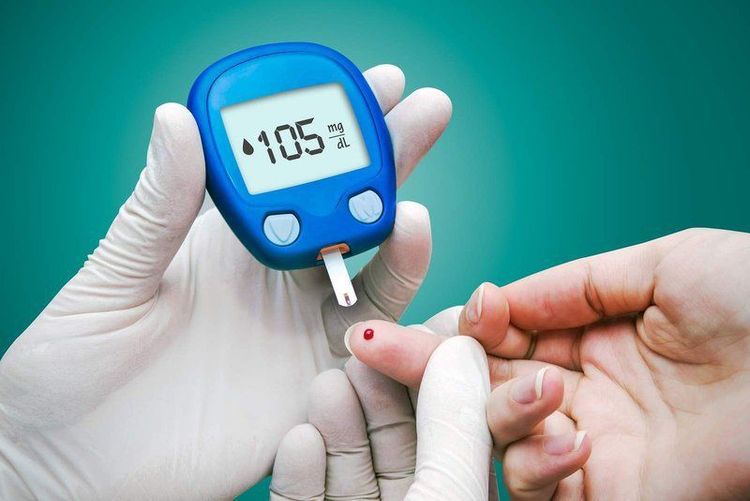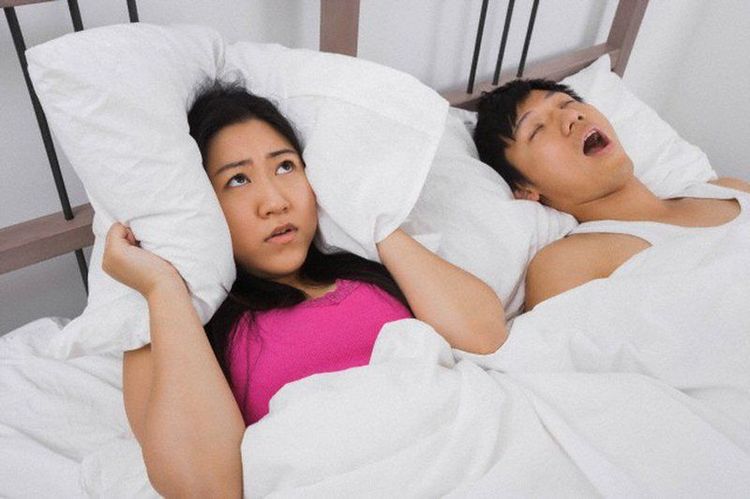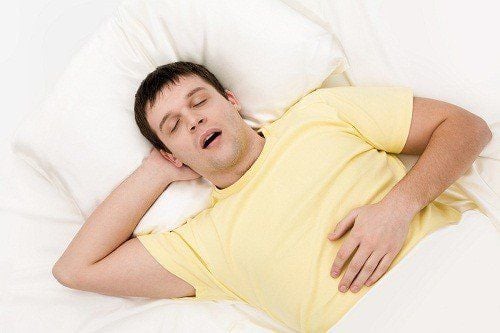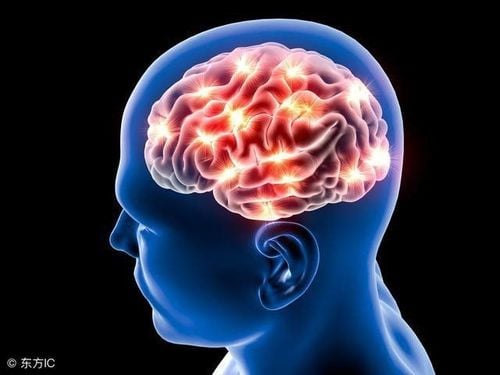Lack of oxygen when sleeping, or sleep-related hypoxemia is the phenomenon of decreased blood oxygen and increased blood carbon dioxide levels. Anyone can get sleep-related hypoxemia disorder. Sleep-related hypoxemia, if not diagnosed and treated in time, can lead to full-body oxygen deprivation, together with a series of metabolism disorders such as hypertension, myocardial infarction, occlusive stroke, brain hemorrhage…, or even sudden death.
1. What is lack of oxygen when sleeping
Lack of oxygen when sleeping, or sleep-related hypoxemia is the phenomenon of decreased blood oxygen and increased blood carbon dioxide levels. It would activate the sympathetic nervous system, which causes vasoconstriction and increased heart rates, leading to hypertension, congestive cardiac failure, arrhythmia, ischemic heart disease, and cerebral angiopathy (cerebrovascular disease). The risk of death and hypertension rises as the total number of sleep apnea (stop breathing when sleeping) per hour increases. The more frequent the number of sleep apnea episodes, the higher the rate of cardiovascular diseases.
People with sleep-related hypoxemia may not know that their sleep is disturbed. In reality, may people with this disorder still think that they sleep well all night.
2. Causes for lack of oxygen when sleeping
Anyone can have sleep-related hypoxemia, though it often affects elderly people more. It is also especially common among obese people. Treating obstructive sleep apnea may involve a device to keep the respiratory tract open, or an operation to remove tissues from the mouth, nose or throat. The causes for lack of oxygen when sleeping are:
- Weight: More than half of people with sleep-related hypoxemia are overweight. Fat in the upper respiratory tract can obstruct breathing. However, not all people with sleep-related hypoxemia are overweight, and vice versa. Thin people can also develop this disorder.
- Neck size: Neck size can indicate the risk of having sleep-related hypoxemia, because a thick neck can narrow the respiratory tract and is also a sign of overweight. The neck circumference higher than 17 inches (43 cm) for males and 15 inches (38 cm) for females can add up to the risk of sleep-related hypoxemia.
- Hypertension: Sleep-related hypoxemia is relatively common in people with hypertension.
- Narrowing of the respiratory tract: This includes naturally narrow throat or pharyngeal tonsils (tonsils in the nasopharynx) that can swell and block the airway.
- Chronic blocked nose: Lack of oxygen when sleeping is regular in people who have blocked nose at night, and the risk of sleep-related hypoxemia doubles for people with chronic blocked nose. This might be due to the narrowing of the respiratory tract.
- Diabetes: Sleep-related hypoxemia is three times more common in diabetic people.
- This disorder is also 2-3 times more common in adults aged 65 and above. The risk of sleep-related hypoxemia increases after menopause. Smoking also raises the risk of having this disorder by three times

3. Signs of lacking oxygen when sleeping
Some common signs for sleep-related hypoxemia are:
- Snoring: this is a common sign for people with sleep-related hypoxemia. Additionally, snoring is often accompanied by snorting, gasping and sounds resembling choking.
- Fatigue: People with oxygen deprivation often feel tired, have difficulty concentrating at work, and experience memory decline, mood swings, and short temper.
- Daytime sleepiness: This is one of the specific signs of sleep-related hypoxemia. Daytime sleepiness decreases productivity and increases the risk of traffic and work accidents.
- Headache when waking up: Regular morning headaches can be due to sleep-related hypoxemia. The reason for this is the lack of oxygen in the brain during nighttime.
People with sleep-related hypoxemia, if not diagnosed and treated in time, would not receive enough air to the lungs for oxygen exchange, leading to full-body oxygen deprivation, affecting blood vessels in the heart, lungs, kidney, pancreas, brain… This would result in a series of metabolism disorders and hypertension, affecting blood vessels in the brain, in the heart and throughout the whole body, leading to hypertension, risk of coronary artery disease and cerebrovascular diseases, even myocardial infarction, occlusive stroke, brain hemorrhage,...
Therefore, long-term sleep-related hypoxemia can severely affect our health and carry the risk of sudden death. In the short term, sleep-related hypoxemia can affect our concentration when studying or working; can especially cause hyperactivity in children and danger when driving

4. Treating sleep-related hypoxemia
- Mild: mainly focus on adjusting lifestyle, losing weight, using anti-snores pillow, lying on one’s side, avoiding alcohol, sedatives, and smoking. People can also use chin straps to bring the lower jaw forward, expanding the space of the pharyngeal area and the area behind the tongue base. This reduces the collapse of the pharyngeal area to avoid lack of oxygen when sleeping.
- Moderate: some patients are treated with uvulopalatopharyngoplasty surgery (surgery to shape the palate, pharynx, and uvula) if the cause for sleep-related hypoxemia is an abnormality in the ear-nose-throat region. In these cases, patients would have their tonsil, uvula and soft palate cut to treat the disorder.
- Severe: Continuous positive airway pressure (CPAP) machine, with nose or mouth mask is prescribed for cases diagnosed with moderate or severe sleep-related hypoxemia. The machine would help open the upper respiratory tract to prevent collapsing, reduce daytime sleepiness in most patients, improve hypertension and nocturia (frequent nighttime urination)
To schedule an appointment at Vinmec Hospital, please call the HOTLINE or book it directly HERE. Download and schedule automatically on MyVinmec app to organize, manage and book appointments anytime, anywhere, right on the app.













